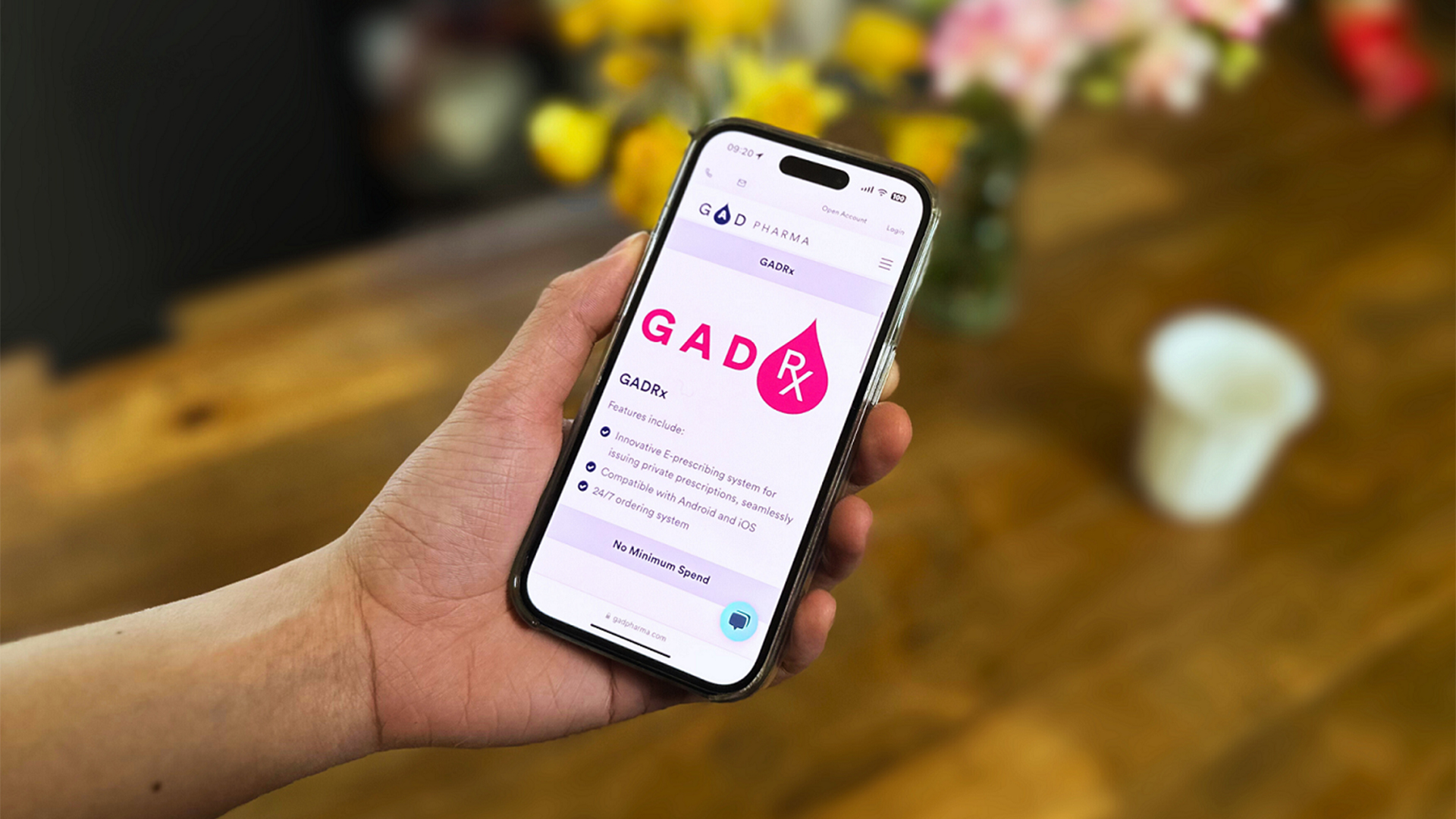
In today’s business environment, protecting your intellectual property rights is vitally important ‘ and nowhere is this more the case than in the pharmaceuticals industry. We spoke to legal practitioners around the world to find out how pharma companies can ensure that their ideas stay their own.
Papula Nevinpat was founded in 1975 and now has an 80-strong team in Finland of whom 30 are IP attorneys. It has offices in Finland, Russia, some of the former Soviet states and Munich with a total staff of 150 and around 50 professionals. Director Mr Folke Johansson and Mrs Erja Partio, both European Patent Attorneys, talk to ghp about IP litigation in Finland. Finnish IP law underwent an important change in 1995 when the country joined the WTO. Until that point IP protection in the pharmaceutical industry was only available for the method of manufacture of a pharmaceutical and not the product itself.
As these patents and their Supplementary Protection Certificates can be in force for 20 + max 5 years, the majority of pharmaceutical IP disputes in Finland still revolve around manufacturing methods. Still the majority of the pharmaceutical patent litigations go about whether the manufacturing method is an equivalent to the patented method ‘ the burden of proof lies with defendants to prove it’s not within the patent scope.
‘Pharmaceutical products must have market authorisation issued by the Finnish Medicine Agency Fimea or European Comission/the European Medicine Agency EMEA,’ explains Mrs Partio. ‘Patent holders monitor applications for market authorisation to recognize potential infringing products ‘ and the burden of proof is on the defendant to prove that a different method which is workable in industrial scale has actually been used, which may involve revealing trade secrets to the court.’
As part of the Finnish government’s IP strategy, Finland’s new IP court opened in September 2013. As yet, no pharmaceutical cases have been decided by it, so it is unclear whether there will be any differences in approach. However, Mr Johansson points out that it will be important for companies to invest in litigation.
‘Previously IP cases were heard in the district court with appeals to the court of appeal and then the high court, although permission was rarely granted,’ he says. ‘The new IP court only allows for appeal to the high court and it may be equally rare, so it will be important to get it right first time.’ The Traple Konarski Podrecki Law Office and Partners is one of the leading law firms on the Polish market in its areas of practice Pharmaceutical patent litigations are the most difficult among the patent infringement cases.
This is partly because they are strongly influenced by public interest in securing the access to low cost generic drugs as soon as possible and partly due to the complicated subject matter of this kind of patents. It is the principle that when a patent proprietor sues for infringement the generic manufacturer this challenges the validity of the patent. In pharmaceutical disputes the scope of protection of the patent is, of course, the key problem and the application of doctrine of equivalence makes the outcome difficult to predict.
The approach to the evaluation of claims could be different even among European countries. The invalidation procedure can last three or more years, so the pharmaceutical companies take substantial financial risks. Therefore it is necessary not only to determine the appropriate level of costs in relation to the patent validity claim and the costs of main proceeding, but also to take into consideration possible damages due to the defendant in case of a negative outcome of the case. Of course, this calculation depends on the procedural situation i.e. if the plaintiff obtains preliminary relief against the alleged infringer. In Poland the invalidation procedure takes place before the PO and the infringement dispute is resolved in a civil court. According to the Polish Supreme Court, there is no reason to suspend the proceeding on infringement until the PO has ruled on validity.
Therefore it is possible that the case in court ends before the decision on validity is taken, and then it is necessary to determine the risk connected with enforcement of the court verdict. The amicable settlements in pharmaceutical disputes are subject to close scrutiny of antitrust authorities which can rule that the agreement was unlawful; for example, reverse payment settlement and commitment not to sell generic version until x months before the expiry of the patent term would be challenged. Partner at Phillips Ormonde Fitzpatrick Lawyers (POF), Mr Chris Schlicht considers the most common causes of IP conflict in Australia. POF is an Australian specialist IP law firm, practicing in all areas of IP. It has experience in patent litigation where the IP right has been based on complex technology, and all of its patent litigation lawyers are qualified as patent attorneys. Its lawyers have a diverse range of technical backgrounds including pharmaceuticals, chemistry and biotechnology. With offices in Melbourne, Sydney and Adelaide, the POF group incorporates a patent and trade mark attorney firm and a research and investigation company, to provide a comprehensive range of intellectual property services.
‘IP infringement conflicts most often arise where one party has not conducted an intellectual property clearance search before releasing a new product or service in Australia. Conflicts have arisen where a party has not recognised that more than one type of intellectual property right can exist for a particular good or service,’ Mr Schlicht explains. Customs and border protection services in Australia and New Zealand offer a cost-effective strategy to monitor and enforce IP rights and POF work with these agencies, lodging notices with them so that customs can seize suspected counterfeit goods entering the country.
Mr Schlicht explains: ‘Investigations monitoring markets are very helpful and research investigation company, IP Organisers, is a registered investigation agency. POF is the only Australian IP firm with a licensed in-house investigator, ensuring we are able to obtain reliable evidence, if court action is necessary.’ Before launching new products POF recommend carrying out investigations into IP rights and determine the likelihood of an infringement. If an allegation does occur, attending pre-trial mediation can be a cost effective way of resolving the dispute before escalation into court proceedings.
April 2013 saw changes to IP legislation coming into effect through the intellectual property laws amendment bill 2013, with its implementation expected sometime this year. Mr Schlicht ended saying: ‘Progress and development can be seen, with greater alignment of Australian IP law with overseas IP laws, particularly Europe and the US.’ Mikhaiyuk, Sorokolat and Partners is a one of the leading IP law firms on the territory of the former Soviet Union, operating in; Ukraine, Russia, Kazakhstan, Lithuania, Armenia, Azerbaijan, Belarus, Estonia, Georgia, Kyrgyzstan, Latvia, Moldova, Tajikistan, Turkmenistan, and Uzbekistan.
Causes of IP conflicts in Ukraine are rooted in infringements or disputes with the PTO. The infringement cases are caused by allegedly unlawful usage of the IP objects. The cancellation cases are mostly caused by the disagreement of the claimant, with the granting decision of the PTO in respect of the IP object. Companies may use monitoring and investigation services, however the custom recordal of the IP objects is becoming more popular, and since 2012 Ukraine legislation does not contain restrictions as to the recordal of patented objects in the custom register.
Recordal of the patents for inventions and utility models in the custom register is mainly used by pharmaceutical and agricultural companies. Several cases considered by the Ukrainian courts after introduction of amendments to the legislation demonstrate the general effectiveness of the custom recordal of the patented objects.
For the most part, companies use out-of-court procedures for dispute settlement, with such procedures often demonstrating effectiveness as most of the infringers are not intended to be involved in cost and time consuming court disputes. The IP law in Ukraine consists of a group of special laws regulating the certain types of IP objects. Besides these laws, the IP area is regulated by civil and commercial codes, which establish the general framework of IP regulation in Ukraine.
The changes to IP regulation, which are due to take place in 2014 are minor. Over time Ukrainian IP legislation is progressing towards alignment with EU legislation; a trend set to persist in the future. Head of the science group of LexOrbis, Mr Rajeev Kumar considers how effectively IP disputes are resolved in India. Mr Kumar has over 10 years’ experience, acquiring a proficiency in patent prosecution across the board.
He regularly advises national and international clients on filling and prosecution strategies in India, with prolific experience in handling opposition cases and writing legal opinions for invalidity and non-infringement. In the past decade, the Indian pharmaceuticals market has seen a steady increase in growth. The future expected growth of a promising market in India for the pharmaceutical and health care industry has been catching the eyes of major players in this industry.
When many players enter a market, disputes are bound to arise. How effectively the disputes are resolved and reliefs are granted to the right holders governs the investment by the players in such market. In the Indian pharmaceutical market, the generic market is very dominant, and especially the branded generics. In view of this dominance of branded generics, the major causes of disputes are related to use of similar trademarks for similar categories of drugs/medicines, and copying the promising molecules by the generic manufacturers.
Mr Kumar said: ‘The jurisprudence related to trademark has developed significantly in India, however with respect to patent rights, we are still evolving, but with some significant developments already. In this article, we are looking at the trend in effectively enforcing the IP rights with the help of a few case laws.’
In the trademark related cases, LexOrbis has seen that the courts have been taking position to avoid deceptively similar marks being used, especially in the pharmaceutical sector. One of the landmark judgements which, has since been cited in many other cases, is the judgement by Hon’ble Supreme Court of India in Cadila Healthcare Limited versus Cadila Pharmaceuticals Limited. In this case, the appellant had brand name ‘Falcigo’ for its drug Artesunate; for the treatment of cerebral malaria.
The defendant launched its product ‘Falcitab’ containing Mefloquine Hydrochloride; also used for the treatment of malaria. The trial court held the marks to be dis-similar, with this position upheld by the high court. The supreme court, although decided not to interfere with the orders, framing certain factors to be considered for similar nature of marks, which has become the guiding principle for trademark infringement cases.
With these guiding principles, the supreme court remitted the matter back to the trial court to decide the suit in view of the above principles. In a recent case of Himalaya Drug Company versus S.B.L. Limited 2013 (53) PTC 1 (Del.), the issue came related to the brand ‘Liv.52’ of the plaintiff against ‘LIV-T’ of the defendant. The plaintiff is the registered proprietor of trademark Liv.52; a medicinal preparation for the treatment of liver disorder being marketed. LIV-T is also for a preparation for treatment of liver related disorder.
The trial court did not find the marks to be deceptively similar, based on the differences being highlighted on a one to one comparison in appearance and phonetic similarity. The Trial Court also considered the word ‘LIV’ to be a generic word, as this word is derived from the word ‘Liver’ which is a human organ.
The plaintiff appealed against the trial court’s judgment. The appellate court reversed the trial court’s judgment and ruled that in absence of any cancellation petition filed by the defendant, and the maintenance of the trademark ‘Liv.52’, the plea of ‘LIV’ being a generic word was not available. And the plaintiff was granted injunction against the defendant’s LIV-T. We see a trend that the courts have been considering the overall appearance of a trademark, and the actual confusion, which can be caused to the actual user while deciding the deceptive similarity. Especially in the pharmaceutical sector, even a remote possibility of similarity may be dangerous.
Mr Kumar explains: ‘An error can be made by chemists or pharmacists when reading hand written prescriptions and dispensing medicines. Hence, the IP owners are advised to maintain their trademarks and keep a watch on the similar trademarks being launched in the market, or being advertised in the trademark journal to safeguard their interests.’ The Indian Courts have been quite quick in granting interim injunctions on a prima facie case.
There are instances wherein an ex-parte ad interim injunction has been granted on the very first day. This trend of granting quick interim relief has also been observed in the patent related cases. One of the recent cases is related to the drug ‘Sitagliptin’, used for the treatment of Type-2 diabetes. A patent for the drug ‘Sitagliptin’ is owned by Merck & Co. (Indian Patent No. 209816). The company’s MSD unit is marketing the drug under its two brands ‘Januvia’ (Sitagliptin) and ‘Janumet’ (Sitagliptin plus Metformin).
Merck also owns separate patent for the monohydrate phosphate salt of Sitagliptin in many countries, but did not pursue the application for this salt in India. Merck could effectively stop Aprica Pharmaceuticals from launching its generic versions of Januvia and Janumet by seeking ex-parte ad interim injunction.
Although Merck could not stop Glenmark, one of the generic manufactures, who took a position that it is launching its product with the phosphate salt of Sitagliptin, and the application for said salt is no more maintained by Merck. However, the same Delhi high court, granted ex-parte ad interim injunctions to Merck against other generic players; Vetri Vadivelan, NMC Biopharm Pvt. Ltd and Shilpex Pharmysis.
In the pharmaceutical sector in India, the patent owners have to be cautious about the patents covering their innovative drugs and especially the variants of the drug. In the Sitagliptin case, Glenmark could strengthen its position by highlighting the position of a separate patent application being sought for the phosphate salt of Sitagliptin by Merck, worldwide and also in India. As Merck could not convincingly plead against this position, it failed to obtain in interim relief against Glenmark.
The IP owners have to relook at their strategy in obtaining and maintaining their trademarks and patents with a clear strategy to cover their products under such intellectual properties. Also, as the world is shrinking, the conduct of the IP owners in other countries is being closely considered in India.

















